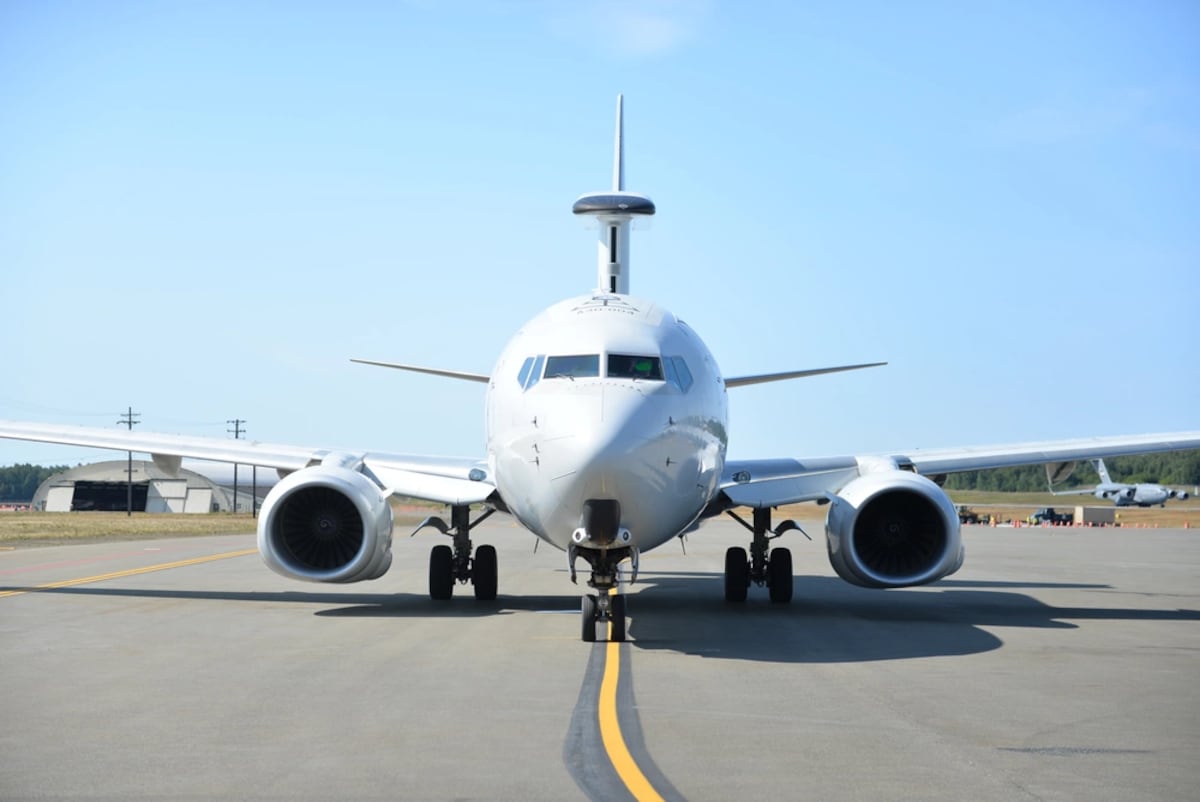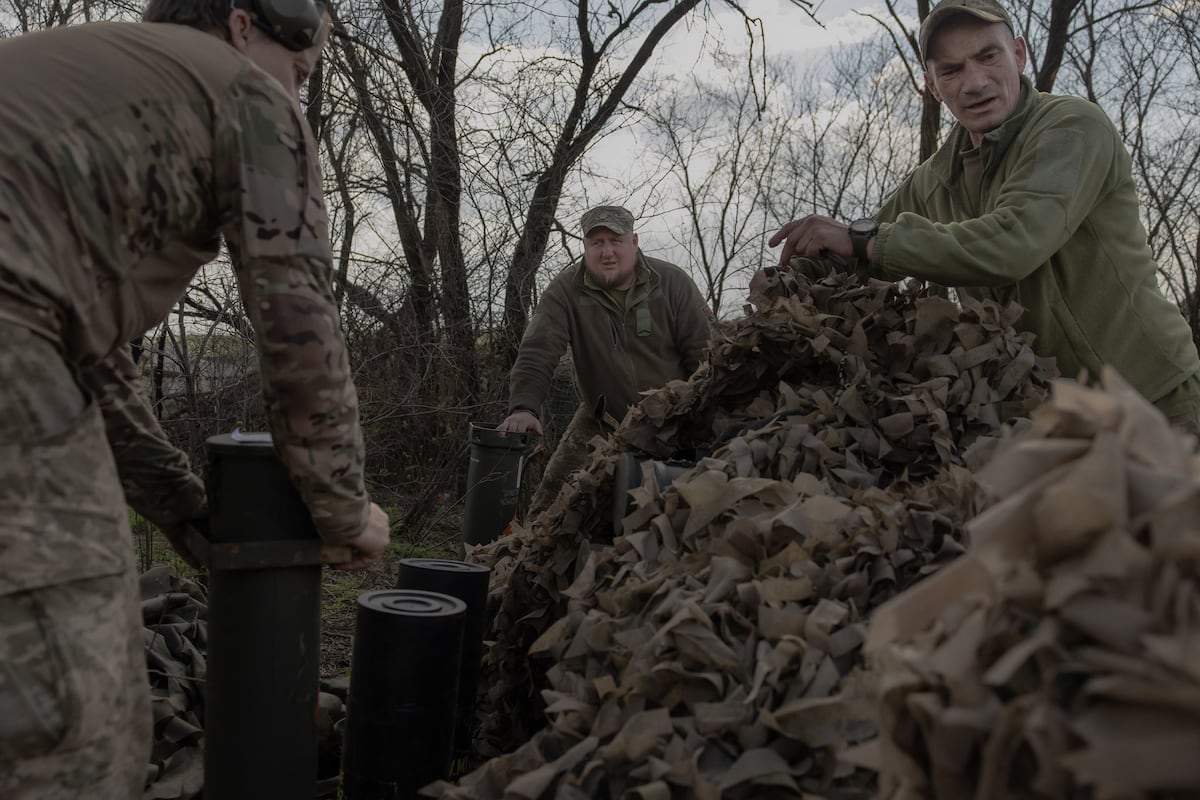Germany and the Netherlands Expand Armored Capabilities with BOXER RCT 30 Procurement
Strategic Acquisition for Modern Forces
On October 13, 2025, in Munich, KNDS Deutschland emerged as a key player in advancing military hardware through its subcontractor agreement with ARTEC, the Original Equipment Manufacturer (OEM) behind the BOXER infantry fighting vehicle (IFV). This initiative comes as part of a pivotal contract signed with the Organisation Conjointe de Coopération en Matièred’Armement (OCCAR), solidifying a collaborative procurement arrangement facilitated by the Bundesministerium der Verteidigung (BMVg) and the Bundesamt für Ausrüstung, Informationstechnik und Nutzung der Bundeswehr (BAAINBw).
Enhancing the Bundeswehr and Dutch Forces
Germany’s procurement encompasses 150 BOXER RCT 30 systems, designated as “Schakal,” while the Dutch forces will integrate an additional 72 units into their military framework. Anticipated deliveries are set to commence in late 2027, marking the beginning of an important modernization phase for both armed forces.
Capabilities of the BOXER RCT 30
The BOXER RCT 30 represents a significant evolution in wheeled infantry fighting vehicle design, combining the versatile BOXER chassis—already operational in seven nations—with the acclaimed 30mm turret from the PUMA IFV. This synergy enhances battlefield effectiveness, enabling the Schakal to:
- Engage agile targets: The vehicle’s design allows for target engagement while in motion, crucial for modern combat scenarios.
- Defend against aerial threats: Equipped to counter unmanned aerial vehicles (UAVs) and provide air defense.
- Utilize advanced weaponry: The integrated MELLS system allows it to effectively target main battle tanks, supporting ground operations against heavier armored threats.
Designed for a six-personnel crew, the Schakal serves as the primary combat platform for the Grenadiers within the new “Medium Forces” initiative, emphasizing a shift towards more mobile and versatile operational capabilities.
Broader Implications for NATO Allies
With the introduction of the BOXER RCT 30, both Germany and the Netherlands are reinforcing their military capabilities through a common platform within NATO. This procurement not only enhances interoperability between these nations but also reflects a broader trend towards collaborative defense strategies in Europe. The integration of systems utilized by multiple allies promotes a unified approach to deterrence and collective defense, essential in today’s geopolitical climate.
In addition to strengthening tactical operations, the BOXER RCT 30’s advanced specifications position it as an asset in joint missions, aligning with NATO’s focus on rapid response and adaptability.
Conclusion
The BOXER RCT 30 acquisition represents a significant advancement in modern military capabilities for Germany and the Netherlands, fostering an environment conducive to enhanced cooperative defense initiatives. As these countries prepare for operational readiness by 2027, the introduction of Reinforced Armored platforms will likely influence the strategic landscape of European defense, paving the way for more agile and capable military forces in the face of evolving threats.
Visual Acknowledgment
Image courtesy of KNDS
This procurement signifies not just the acquisition of new hardware, but a transformative step towards a more resilient collective security architecture within Europe.





